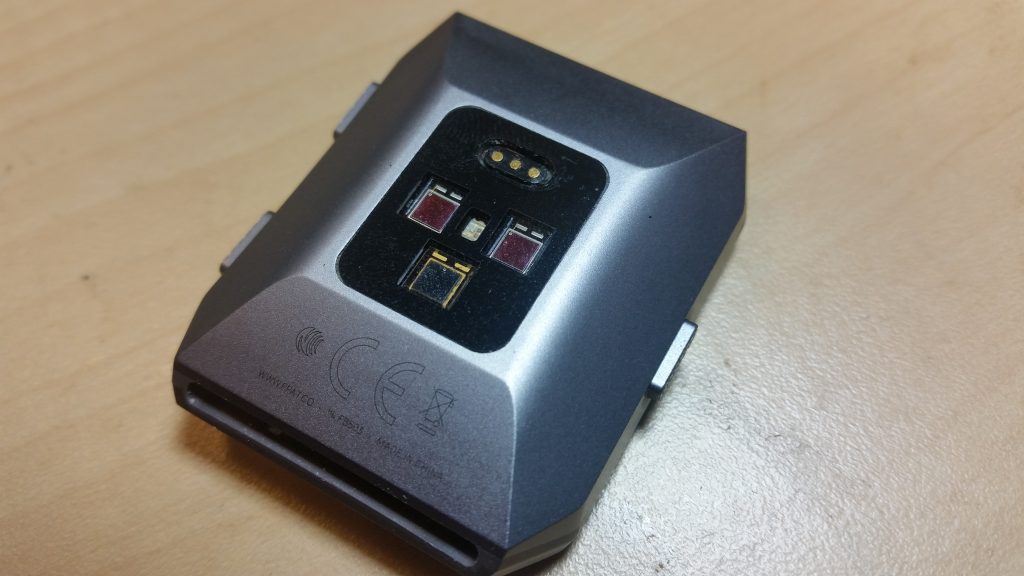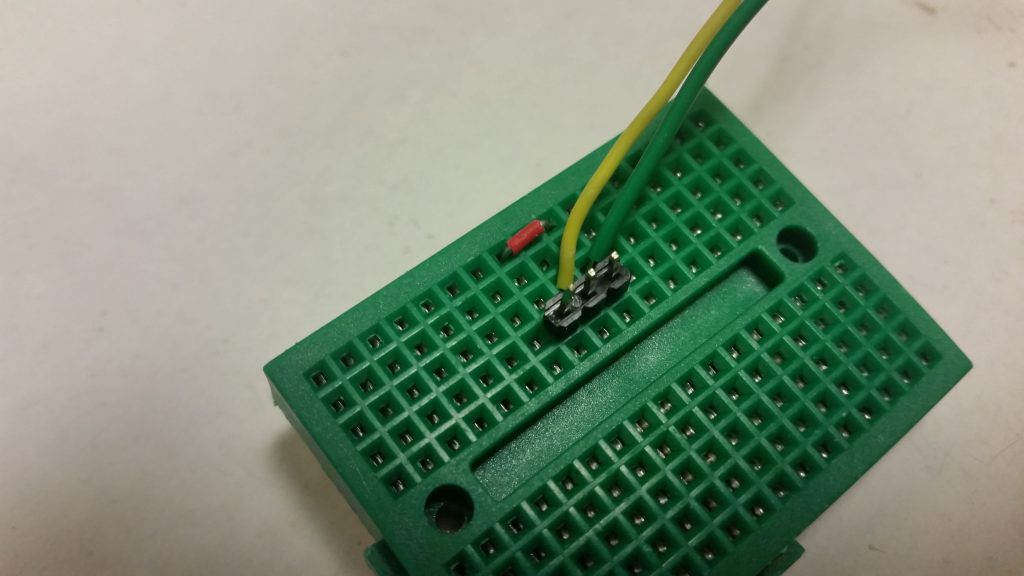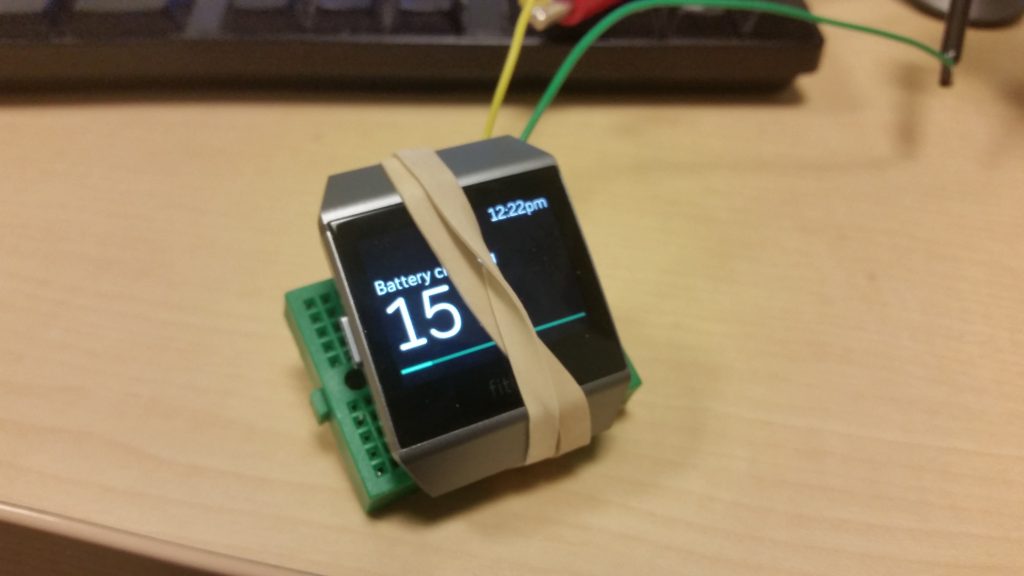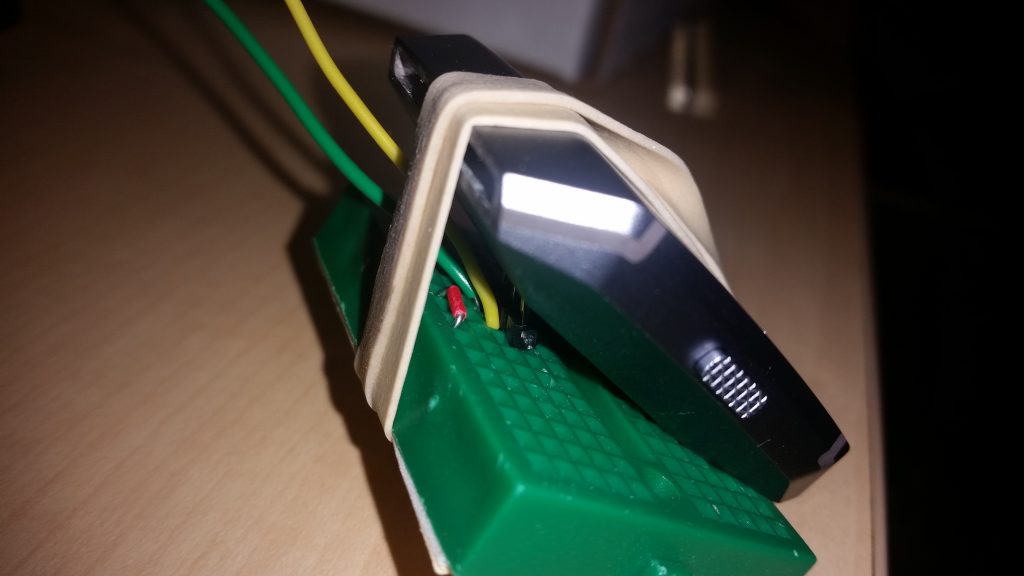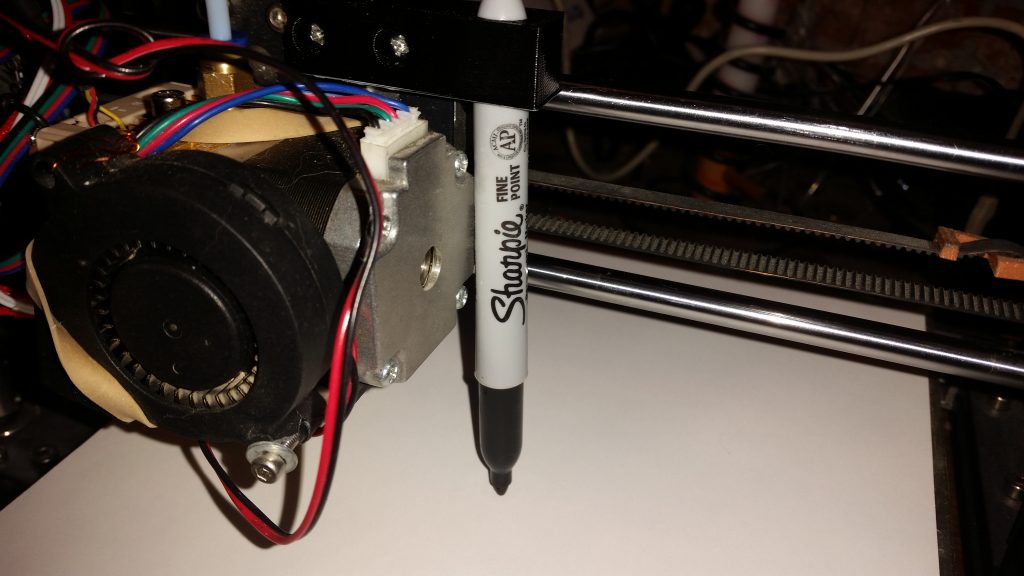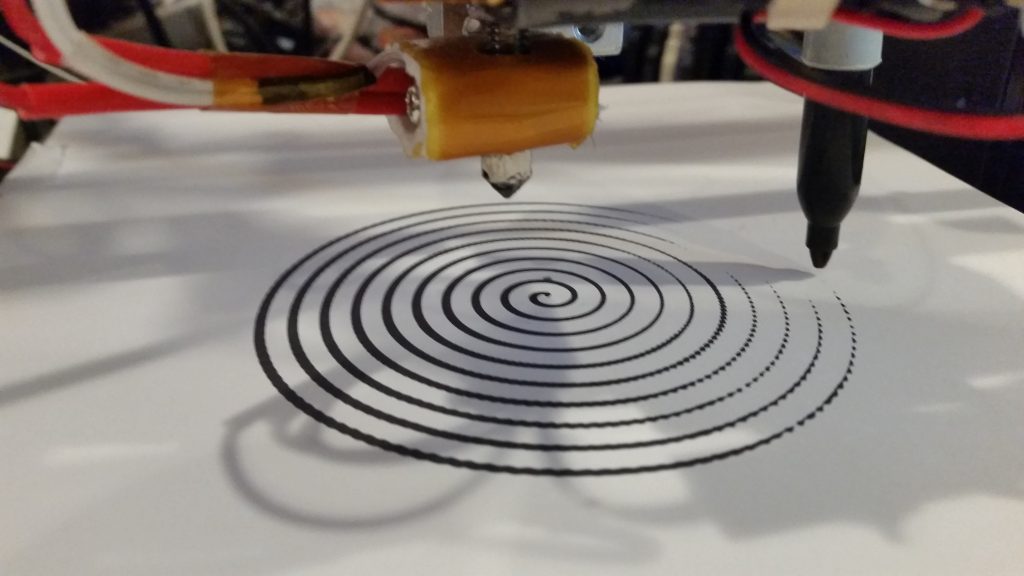BASIC, as Rodney Dangerfield would have said, “don’t get no respect.” Even when using modern dialects like FreeBASIC, which allow custom user types, modern-style functions and subroutines, encapsulation, and more, there’s still very much a “Real Men Program In C” attitude.
C is deservedly famous and influential, of course, but it’s often tedious to write small, proof-of-concept programs in C. If a new idea about, say, cellular automata strikes you, it’s very easy to write a few lines of BASIC code and be testing it — in full-color HD.
But still, C proponents say, it’s a “toy” language. It doesn’t have pointers or linked lists or all that.
Except — it does. In FreeBasic, at least, the familiar malloc() and sizeof() functions are available, and memory truly can be dynamically allocated, deallocated, and manipulated as pointers.
Here is a short example that demonstrates creating and printing out a simple linked list in FreeBASIC. Memory is dynamically allocated and user type fields are accessed with the -> operator, just as in C.
'Pointers in FreeBASIC 'Example: Create and print out a short linked list 'M. Eric Carr / Paleotechnologist.Net 'Contact: eric (at) the above domain 'Define a simple user type type listItem payload as double link as listItem ptr '"next" is a keyword in BASIC; we can't use it. end type dim as listItem ptr head, current dim as integer n 'Teach FreeBASIC about NULL const NULL = 0 'Set up the first item in the list manually head = allocate(sizeof(listItem)) current = head current->payload = 0 current->link = NULL 'Use a for loop to add nine more items to the list for n=1 to 9 'Starting conditions: current points to last item in the list. current->link = allocate(sizeof(listItem)) current = current->link current->link = NULL 'For safety current->payload = n^2 next n 'Read them back using a while loop, looking for the NULL at the end current = head while current <> NULL print current->payload current = current->link wend 'Done. Wait for a keypress before exiting. sleep
(Don’t tell the use-C-or-die types, but FreeBASIC can use inline x86 assembly, too.)

